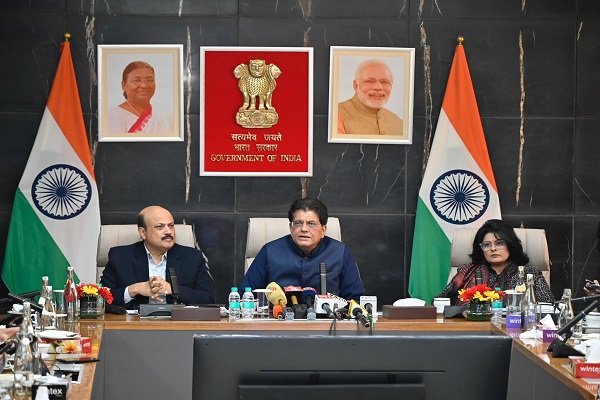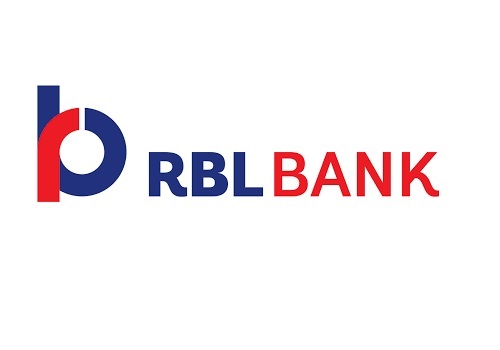A Comprehensive Guide to Choosing the Right Home Loan in India: Key Factors and Common Pitfalls to Avoid

Selecting the right home loan is a pivotal step in the journey to homeownership in India. A well-informed decision can lead to significant financial benefits, while missteps may result in long-term challenges. This comprehensive guide aims to assist prospective homeowners in navigating the complexities of home loans and highlights common pitfalls to avoid.
* Understanding Home Loans in India
A home loan, or housing loan, is a financial product that enables individuals to purchase property by borrowing funds from a lender, typically a bank or housing finance company (HFC). The borrower agrees to repay the loan amount, plus interest, over a specified period. Key components of a home loan include:
* Principal: The original loan amount borrowed.
* Interest: The cost of borrowing the principal, expressed as a percentage.
* Tenure: The duration over which the loan is to be repaid, often up to 30 years in India.
* Equated Monthly Installment (EMI): The fixed monthly payment made to the lender, comprising both principal and interest components.
* Types of Home Loans Available in India
Understanding the various types of home loans is crucial in selecting one that aligns with your financial situation and goals. Common types include:
1. Home Purchase Loans: Loans taken to buy a residential property, including flats, row houses, and bungalows. The maximum loan amount offered by banks is typically up to 90% of the property's value.
2. Home Construction Loans: For individuals looking to construct a house on a plot they own. The loan amount is disbursed in stages, corresponding to the construction progress.
3. Home Improvement Loans: Loans aimed at renovating or repairing an existing property.
4. Home Extension Loans: For expanding or extending an existing home, such as adding extra rooms or floors.
5. Balance Transfer Loans: Allows borrowers to transfer their existing home loan from one lender to another for better interest rates or terms.
* Steps to Select the Right Home Loan
1. Assess Your Financial Health: Evaluate your income, expenses, savings, and existing debts. This assessment helps determine how much you can afford to borrow and repay comfortably.
2. Check Your Credit Score: A higher credit score can secure more favorable interest rates. In India, a CIBIL score of 750 or above is considered good. Obtain your credit report, check for errors, and take steps to improve your score if necessary.
3. Determine the Loan Amount and Tenure: Decide on the amount you need to borrow and the desired repayment period. Longer tenures may result in lower EMIs but higher total interest paid over the life of the loan.
4. Compare Interest Rates and Fees: Shop around to compare interest rates, processing fees, and other charges from multiple lenders. Even a slight difference in interest rates can significantly impact the total cost of the loan.
5. Understand the Loan Features: Some loans offer features like balance transfer options, prepayment facilities, or step-up EMIs. Assess whether these features align with your financial habits and goals.
6. Seek Professional Advice: Consult with a mortgage advisor or financial planner who can provide personalized guidance based on your financial situation and the current market conditions.
* Common Mistakes to Avoid
1. Not Reviewing Home Loan Eligibility Before Applying: For lenders, your credit score is a crucial factor in determining your creditworthiness. Essentially, your credit score evaluates your credit and repayment history and establishes whether you are eligible for a good home loan. Usually, a score of 750 or higher is considered good.
2. Overlooking Additional Costs: Beyond the purchase price, homeownership involves costs like stamp duty, registration fees, legal charges, and maintenance. Neglecting these can strain your finances.
3. Ignoring Loan Fees and Charges: Some loans come with hidden fees such as application fees, processing fees, or prepayment penalties. Ensure you understand all associated costs before committing.
4. Not Considering Future Financial Changes: Life events such as starting a family or career changes can impact your ability to meet mortgage repayments. Choose a loan that offers flexibility to accommodate future changes.
5. Focusing Solely on Interest Rates: While important, the interest rate is just one aspect. Consider the overall loan structure, including fees, features, and flexibility.
6. Failing to Review and Refinance: Over time, better loan options may become available. Regularly reviewing your mortgage and refinancing when beneficial can lead to significant savings.
7. Neglecting Home Loan Insurance: Many borrowers overlook the importance of home loan insurance, which can be risky. Home loan insurance, also known as Home Loan Protection Plan (HLPP), ensures that in the event of the borrower's demise, the outstanding loan amount is settled by the insurer, preventing the financial burden from falling on the family. While not mandatory, it provides a safety net for unforeseen circumstances.
* Conclusion
Selecting the right home loan requires careful consideration of your financial situation, thorough research, and an understanding of the various loan options available. By avoiding common mistakes and seeking professional advice, you can secure a mortgage that aligns with your financial goals and supports a sustainable path to homeownership. Additionally, considering home loan insurance can provide an extra layer of security, ensuring that your family's financial future remains protected.


















